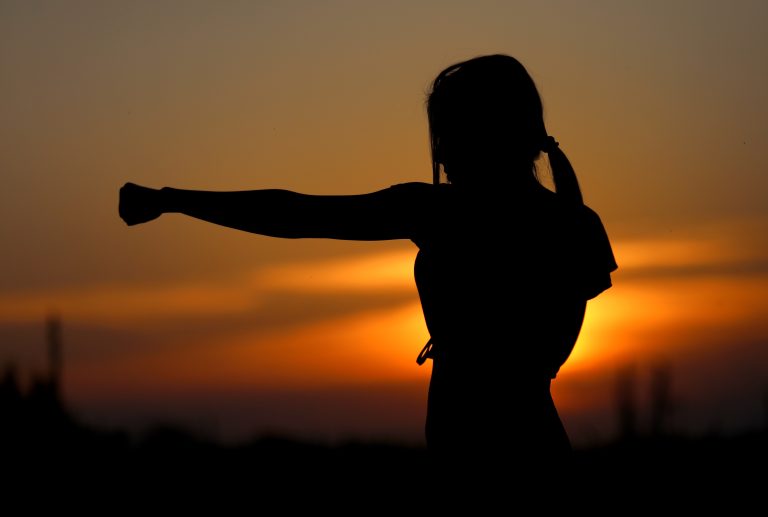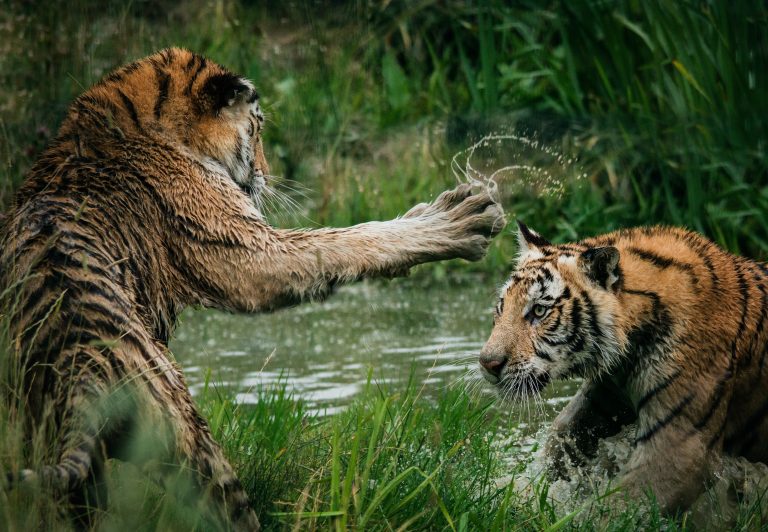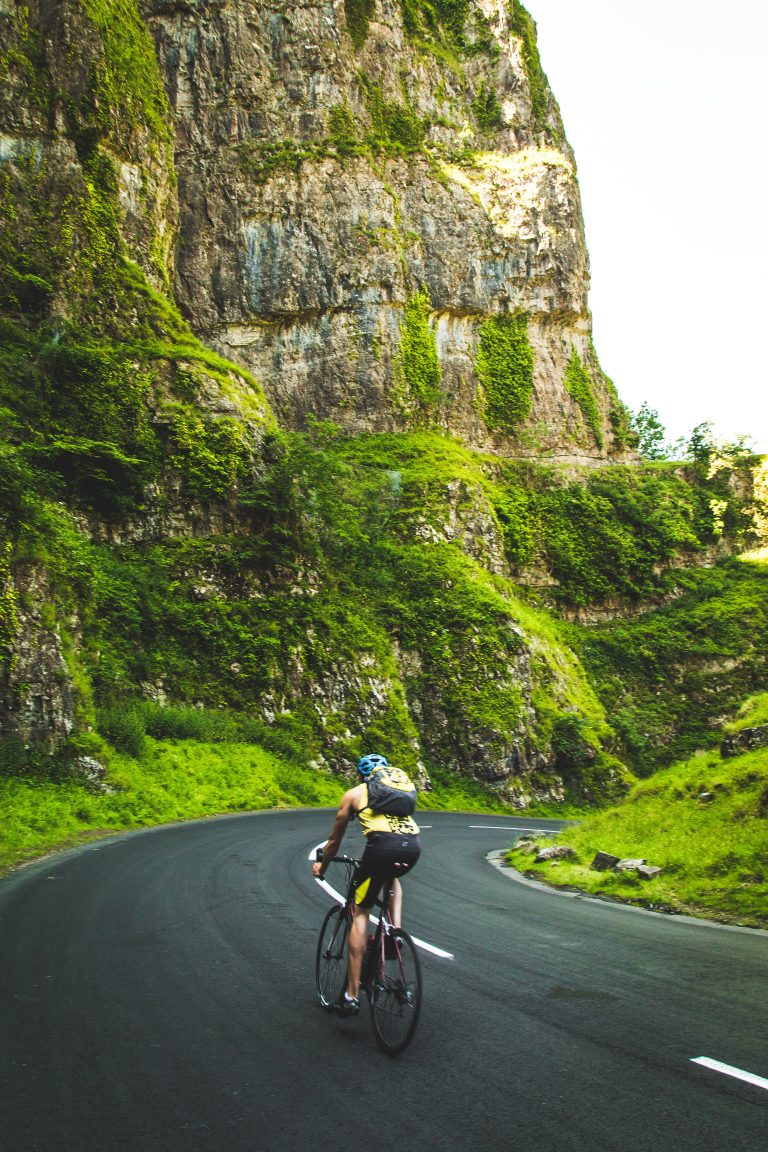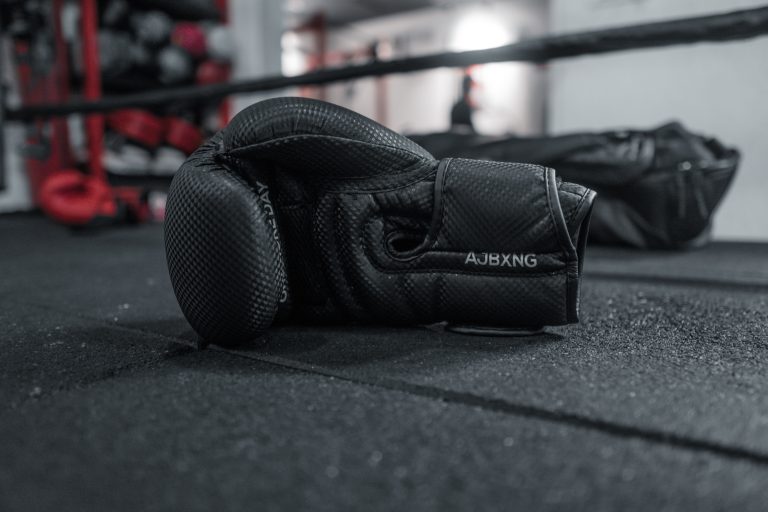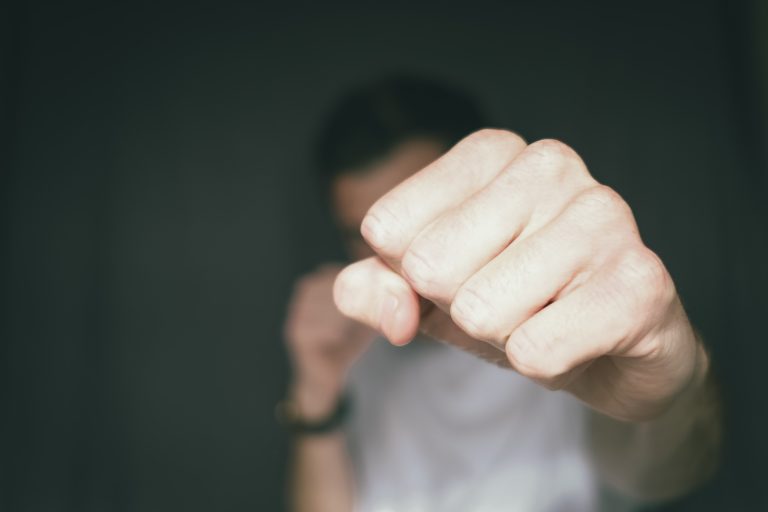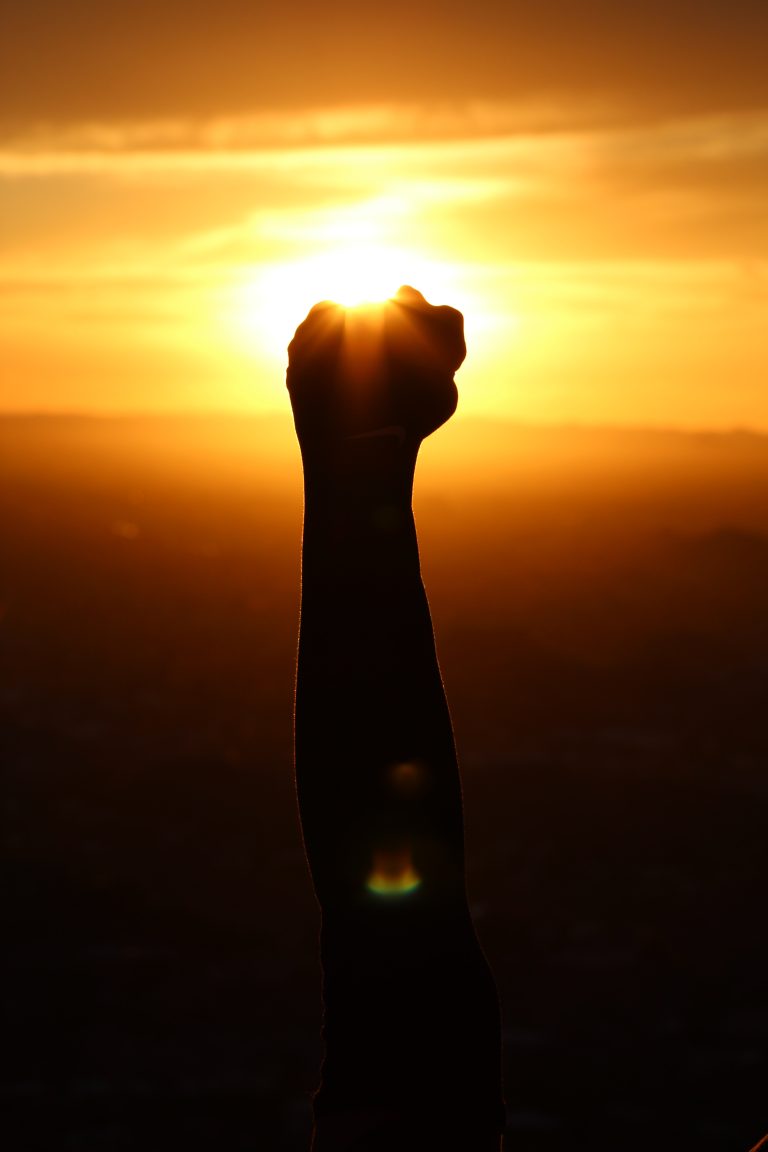Karate: How to Choose the Right Dojo for You
If you’re considering starting a martial art, karate is an excellent choice. It emphasizes mental and physical discipline, develops self-defense skills, and is a great way to stay fit and healthy. While there are many different karate styles, all karate classes teach the same basic skills and principles. How then, do you choose the right karate dojo (dojang) for you?
In this blog post, we’ll explore what to look for when selecting a karate dojo. We’ll explore the differences between karate styles, the importance of finding a qualified instructor, what to look for in a dojo’s facilities, and why developing a rapport with fellow students is critical to your success. Let’s begin!
Understanding Karate Styles
First and foremost, you should learn about the different karate styles to make sure the dojo you choose teaches the style that you want to learn. Karate was originally developed in the Ryukyu Islands and is now divided into distinct styles. The most common styles include Shotokan, Goju-ryu, Wado-ryu and Shito-ryu. Each style has its own emphasis, individual techniques, and subtle variations.
Shotokan Karate
Originally founded by Gichin Funakoshi in the 1920s, Shotokan karate emphasizes strong stances and powerful techniques like straight-line strikes that are executed in a linear, no-nonsense fashion.
Goju-Ryu Karate
Founded by one of Funakoshi’s students, Chojun Miyagi, Goju-ryu karate emphasizes using pre-emptive strikes and circular blocks to cut off an opponent’s attack in close quarters combat.
Wado-Ryu Karate
Developed in the 1930s by Hironori Ohtsuka, Wado-ryu karate is a fusion of traditional Okinawan Goju-ryu karate with judo and jujutsu. It emphasizes using circular motions and flexible movement to deflect an opponent’s attack.
Shito-Ryu Karate
This style originated in the late 1920s by Kenwa Mabuni, a student of both Gichin Funakoshi and Chojun Miyagi. It combines elements of both Shotokan and Goju-ryu karate to emphasize linear strikes, circular blocks and upright stances.
The style of karate taught at a dojo will depend largely on its instructor’s individual lineage or affiliation with a particular school or organization. You should also find out if the dojo follows any particular educational methodology and if they offer belt testing or other forms of progression.
The Instructor is Key
Once you’ve decided on a style of karate to learn, the next step is to find an instructor that is qualified in that style. Karate schools are typically led by either a Sensei (teacher) or a Renshi (senior instructor). A Sensei should be certified by the regulatory body of their style – such as the International Traditional Karate Federation (ITKF) – and have extensive experience teaching karate. An Renshi is typically an advanced student who has been designated by their teacher to run their own class.
When selecting an instructor, you should consider their credentials and how long they’ve been teaching or coaching karate. You should also look at how they interact with their students – do they provide positive reinforcement and constructive feedback? Do they motivate their students to push beyond their limits and reach new levels of performance? Finally, consider their teaching style – do they communicate clearly and effectively? Are their classes well structured?
Facilities Matter Too
When researching dojos, find out what type of facilities they have. Do they provide protective equipment such as gloves, mitts, chest guards and body padding? Do they have mats for practicing throws, falls and ground fighting techniques? Is their training area big enough to accommodate many students training simultaneously? Finally, consider whether the dojo has any additional amenities such as restrooms or changing rooms, or parking facilities if the dojo is located away from your home.
Connecting With Fellow Students
Finally, it’s important to experience the atmosphere of the dojo before deciding whether it’s right for you. Do the other students seem welcoming? Do they help each other out by spotting each other during drills or drills? Do they socialize after class is finished? Also inquire about any additional seminars or events that are held at the dojo – some dojos may have events such as competitions or clinics that provide additional opportunities to connect with fellow students outside of the regular class schedule.
Conclusion
When choosing the right karate dojo for you, it’s important to research the different styles of karate, find a qualified instructor, inspect the facilities offered by the dojo, and experience the atmosphere for yourself. By taking these steps and taking your time before committing to a school, you’ll be sure to find a dojo that is suited to your individual needs and goals with karate.
Understanding Karate Styles: The Most Frequently Asked Questions Answered
Karate is a popular martial art that originated in Okinawa, Japan. It combines various techniques such as kicking, punching, and striking to defend oneself from attackers. There are various karate styles practiced, and each has a unique set of techniques, training methods, and philosophies.
If you’re new to martial arts or looking to delve deeper into karate, you might have several questions about karate styles. In this blog post, we’ve answered some of the most frequently asked questions about karate styles.
What Are The Different Karate Styles?
There are several karate styles practiced around the world. The most common ones include:
Shotokan Karate
Shotokan is one of the most popular karate styles worldwide. It was founded by Gichin Funakoshi in the early 20th century. Shotokan is known for its powerful strikes and dynamic movements. Practitioners of this style focus on kata (pre-arranged forms) and kumite (sparring).
Goju-Ryu Karate
Goju-Ryu was founded by Chojun Miyagi in the early 20th century. This style emphasizes close-range combat and incorporates circular movements. Goju-Ryu also emphasizes breathing techniques and meditation.
Wado-Ryu Karate
Wado-Ryu was founded by Hironori Ohtsuka in the mid-20th century. This style incorporates elements of jujutsu and focuses on fluid movements and evasion techniques. Wado-Ryu also emphasizes the use of taisabaki (body shifting) and tai sabaki (body manipulation).
Shito-Ryu Karate
Shito-Ryu was founded by Kenwa Mabuni in the mid-20th century. This style combines elements of Goju-Ryu and Shotokan Karate. It’s known for its efficient use of energy and rapid-fire strikes. Shito-Ryu also emphasizes the use of grappling techniques in close-range combat.
Kyokushin Karate
Kyokushin Karate was founded by Masutatsu Oyama in the mid-20th century. This style is known for its rigorous training methods and full-contact sparring. Kyokushin practitioners also incorporate elements of kickboxing and grappling into their training.
Which Karate Style Should I Choose?
Choosing a karate style is a personal decision, and it depends on your interests, goals, and body type. Although all karate styles share the same basic techniques, each style has its unique approach to training and philosophy.
If you’re interested in kata (pre-arranged forms), Shotokan or Shito-Ryu might be a good choice. If you prefer close-range combat and circular movements, Goju-Ryu might be a good fit. If you’re interested in fluid movements and evasion techniques, Wado-Ryu might be the right style for you. If you’re interested in full-contact sparring and rigorous training, Kyokushin Karate might be a good fit.
What Is The Difference Between Traditional And Sport Karate?
Traditional karate focuses on developing self-defense skills, physical fitness, and mental discipline. In contrast, sport karate emphasizes competition and winning medals.
Traditional karate often includes training in kata (pre-arranged forms), kumite (sparring), and self-defense techniques. In contrast, sport karate focuses primarily on kumite and incorporates rules and regulations to ensure safety during competitions.
How Long Does It Take To Master Karate?
The time it takes to master karate varies depending on the individual’s level of dedication and training. Most karate instructors agree that reaching black belt (the highest rank in karate) takes several years of consistent training and dedication.
However, it’s important to remember that mastery in karate is an ongoing process. Even experienced black belts continue to train and refine their techniques.
Can Kids Learn Karate?
Yes, kids can learn karate. In fact, many karate schools offer programs specifically designed for children. Karate can help children develop discipline, self-confidence, physical fitness, and social skills.
When choosing a karate school for your child, look for a school that emphasizes safety, positivity, and fun. It’s also important to choose a school with a qualified, experienced instructor who has experience working with children.
Conclusion
Karate is a popular martial art with a long history and various styles. Each style has its unique set of techniques, training methods, and philosophies. When choosing a karate style, consider your interests, goals, and body type.
Whether you’re interested in traditional or sport karate, it’s important to find a qualified, experienced instructor who can guide you through your training journey. With consistent training, dedication, and hard work, you can achieve mastery in karate and improve your physical and mental well-being.
Inhaltsverzeichnis

